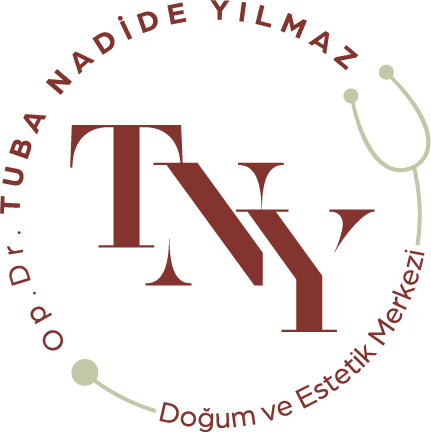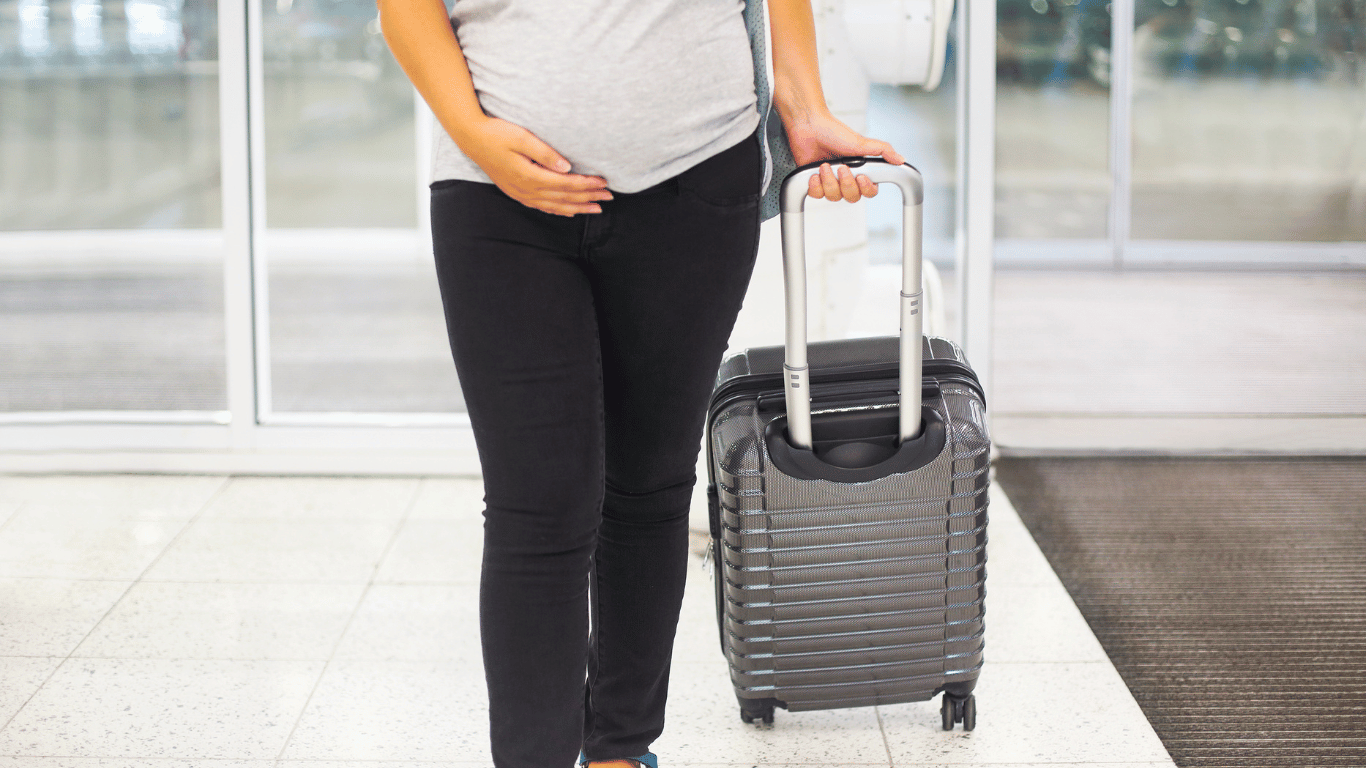Working in the aviation industry carries a number of health and safety risks, particularly for pregnant staff. Long working hours, high altitudes and physical challenges can make this profession challenging. In this article, we will discuss the health risks that pregnant cabin crew and pilots may face while flying, the precautions to take and how they can be safer in the process.
1. Cosmic Radiation and Pregnancy
Flight crews are exposed to cosmic radiation, especially when flying at high altitudes. This radiation can pose a particular threat to pregnant personnel because it can increase the risk of miscarriage. For pregnant cabin crew and pilots, international health organizations recommend a limit of approximately 1 millisievert as the amount of radiation exposure during pregnancy. Adjusting flight routes and durations in line with these limits can minimize potential health problems.
2. Physical Fatigue and Working Hours
Long flights and tight work schedules can have a negative impact on the health of pregnant staff. Night flights, especially in the early months of pregnancy, can disrupt the body's biological rhythms and lead to various health problems. In addition, physical activities such as lifting heavy loads or standing for long periods of time can increase the risk of miscarriage and premature birth. Therefore, assignments for pregnant personnel should be made with these factors in mind.
3. Precautions to be taken during the flight
- Radyasyon Seviyesi Takibi ve Yönetimi: Hamile uçuş personeli, radyasyon seviyelerini düzenli olarak kontrol etmeli ve yüksek radyasyon beklenen uçuşlardan kaçınmalıdır. Bu, uzun mesafe ve kutup üzeri uçuşların sınırlandırılması anlamına gelebilir.
- Fiziksel Taleplerin Azaltılması: Hamile personel için ağır yük kaldırma, uzun süre ayakta kalmak gibi fiziksel zorluklar minimuma indirilmelidir. Mümkün olduğunca, daha az fiziksel talep gerektiren görevler verilmelidir.
- Working Convenient Hours: The working hours of pregnant personnel should be adapted to normal sleeping hours as much as possible. This can be achieved by limiting night flights and opting for shorter-haul flights.
4. Safest Flight Times
The second trimester is considered the safest time to fly during pregnancy. This is the time when most pregnant women have the highest energy levels and the fewest early or late pregnancy complications. Regarding flight authorization, most airlines do not allow flights in the last weeks of pregnancy. Therefore, this information should be taken into account when making a flight plan, and working hours and physical conditions should be organized in accordance with this period.
Pregnant cabin crew and pilots should take extra precautions to manage the specific risks they may face while practicing their profession. Adjusting flight schedules to take into account radiation levels and physical requirements is important for the health of both mother and baby. These recommendations are essential to ensure that pregnant aviation personnel can perform their duties in a healthy and safe manner. Flight safety and health measures are of critical importance for pregnant personnel and regulations in this area require both individual and organizational responsibility.
For more information and detailed recommendations, it is useful to refer to the guidelines and scientific articles published by the relevant health organizations. For the most up-to-date information on pregnancy and flight safety, visit CDC's aircrew health and safety page. These resources provide comprehensive information on the risks and precautions that can be taken by pregnant aviation personnel.













